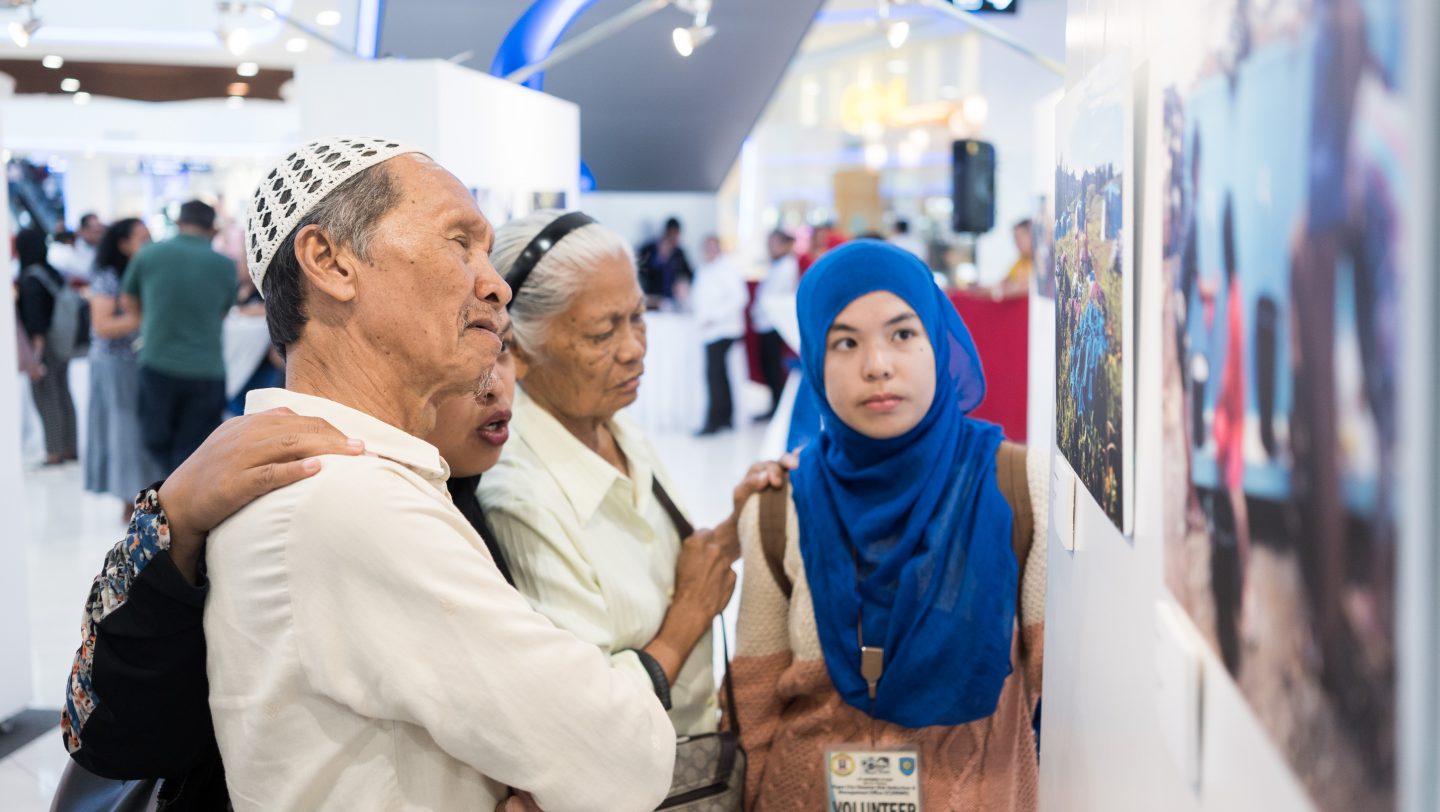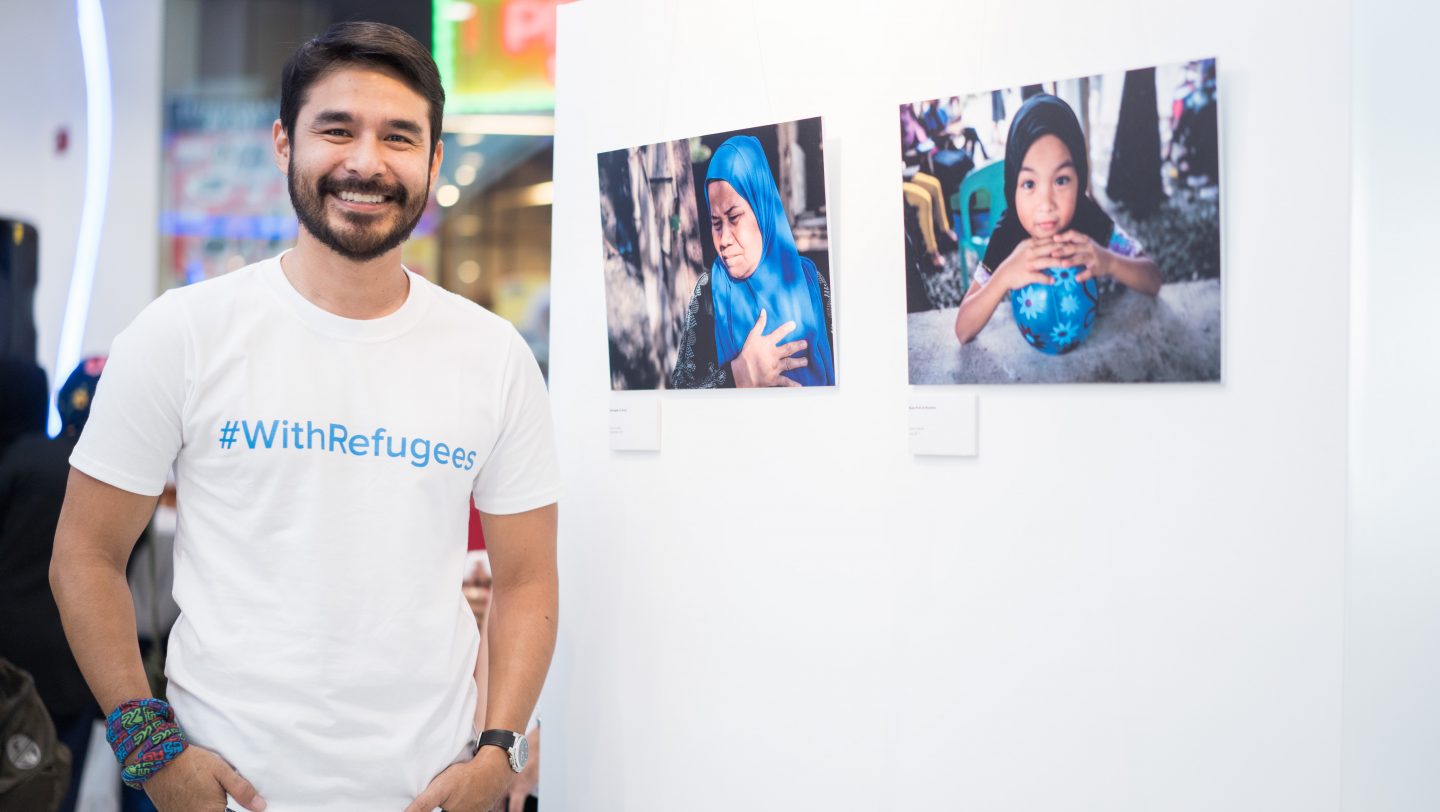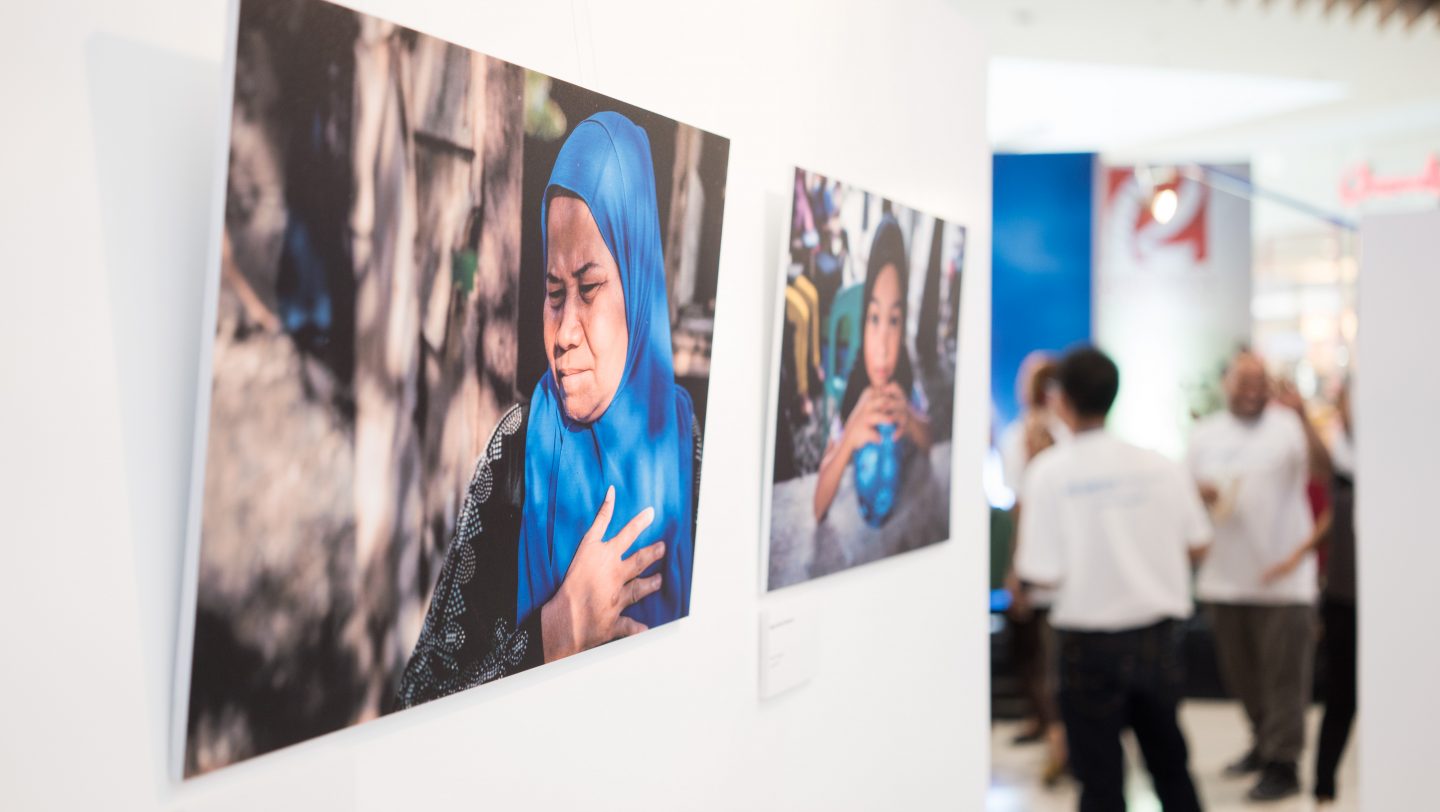Forced displacement above 68m, new global deal on refugees critical
Across all countries, one in every 110 persons is someone displaced.
Wars, other violence and persecution drove worldwide forced displacement to a new high in 2017 for the fifth year in a row, led by the crisis in Democratic Republic of the Congo, South Sudan’s war, and the flight into Bangladesh from Myanmar of hundreds of thousands of Rohingya refugees. Overwhelmingly it is developing countries that are most affected.
In its annual Global Trends Report, released today, UNHCR, the UN Refugee Agency said 68.5 million people were displaced as of the end of 2017. Among them were 16.2 million people who became displaced during 2017
itself, either for the first time or repeatedly – indicating a huge number of people on the move and equivalent to 44,500 people being displaced each day, or a person becoming displaced every two seconds.
Refugees who have fled their countries to escape conflict and persecution accounted for 25.4 million of the 68.5 million. This is 2.9 million more than in 2016, also the biggest increase UNHCR has seen in a single year. Asylum-seekers, who were still awaiting the outcome of their claims to refugee status as of 31 December 2017, meanwhile rose by around 300,000 to 3.1 million. People displaced inside their own country accounted for 40 million of the
total, slightly fewer than the 40.3 million in 2016.
In short, the world had almost as many forcibly displaced people in 2017 as the population of Thailand. Across all countries, one in every 110 persons is someone displaced.

Young Rohingya refugees look out over Balong Khali refugee camp in Bangladesh. The camp is a sprawling site over a hilly area near the border with Myanmar. (© UNHCR/Andrew McConnell)
“We are at a watershed, where success in managing forced displacement globally requires a new and far more comprehensive approach so that countries and communities aren’t left dealing with this alone,” said UN High
Commissioner for Refugees Filippo Grandi. “But there is reason for some hope. Fourteen countries are already pioneering a new blueprint for responding to refugee situations and in a matter of months a new Global Compact on Refugees will be ready for adoption by the United Nations General Assembly. Today, on the eve of World Refugee Day, my message to member states is please support this. No one becomes a refugee by choice; but the rest of us can have a choice about how we help.”

High Commissioner visits Amina Ahmed Ali in her home at Ali Addeh Refugee Village. Amina lives with her husband and three children in Ali Addeh. She works as a social worker and assists vulnerable people in the village. (© UNHCR/Petterik Wiggers)
UNHCR’s Global Trends report is released worldwide each year ahead of World Refugee Day (20th June) and tracks forced displacement based on data gathered by UNHCR, governments, and other partners. It does not examine the global asylum environment, which UNHCR reports on separately and which continued in 2017 to see incidents of forced returns, politicization and scapegoating of refugees, refugees being jailed or denied possibility to work, and several countries objecting even to use of the word “refugee”.
Nonetheless, the Global Trends Report offers several insights, including in some instances into perceived versus actual realities of forced displacement and how these can sometimes be at odds.
Among these is the notion that the world’s displaced are mainly in countries of the Global North. The data shows the opposite to be true – with fully 85 percent of refugees in developing countries, many of which are desperately poor and receive little support to care for these populations. Four out of five refugees remain in countries next door to their own.
“No one becomes a refugee by choice; but the rest of us can have a choice about how we help.”
Large-scale displacement across borders is also less common than the 68 million global displacement figure suggests. Almost two-thirds of those forced to flee are internally displaced people who have not left their own countries. Of the 25.4 million refugees, just over a fifth are Palestinians under the care of UNRWA. Of the remainder, for whom UNHCR is responsible, two-thirds come from just five countries: Syria, Afghanistan, South Sudan, Myanmar and Somalia. An end to conflict in any one of these has potential to significantly influence the wider global displacement picture.
Two other insights from Global Trends are that most refugees live in urban areas (58 percent) not in camps or rural areas; and that the global displaced population is young – 53 percent are children, including many who are
unaccompanied or separated from their families.
As with the number of countries producing large-scale displacement, the number of countries hosting large numbers was also comparatively few: Turkey remained the world’s leading refugee-hosting country in terms of
absolute numbers with a population of 3.5 million refugees, mainly Syrians. Lebanon meanwhile hosted the largest number of refugees relative to its national population. In all, 63 percent of all refugees under UNHCR’s
responsibility were in just 10 countries.
Sadly, solutions for all this remained in short supply. Wars and conflict continued to be the major drivers with little visible progress towards peace. Around five million people were able to return to their homes in 2017 with the
vast majority returning from internal displacement, but among these were people returning under duress or to fragile contexts. Due to a drop in the number of resettlement places on offer, the number of resettled refugees was
down by over 40 percent at around 100,000 people.
Empowering displaced communities in the southern Philippines
“When it comes to building compassion and solidarity for forcibly displaced families here in the Philippines, we need not look far as forced displacement hits very close to home,” said Michel Huyghe, UNHCR’s Head of Field Office in Mindanao. In the Philippines, 311,943 individuals were living in displacement by the end of 2017 – a majority of whom were forced to flee due to the conflict in Marawi City which broke out last year.
A year since the conflict, some 40,000 families remain displaced because of the five-month-long Marawi conflict. Like those families across Mindanao who are also displaced multiple times for many years, they face significant challenges and remain in need of durable solutions.
This year on World Refugee Day, UNHCR is bringing the commemoration closer to our persons of concern.
On the eve of World Refugee Day, UNHCR launched “Liwanag ng Marawi” (Light of Marawi), an exhibit featuring photos which portray the conflict and ensuing displacement through the eyes of those forced to flee. UNHCR opened a call for photos among persons who experienced fleeing their homes in Marawi City or its neighboring towns due to the conflict.
“This exhibit reminds us that behind the numbers are real people whose lives have been uprooted by armed conflict. Families that have been torn apart at the height of the violence. Communities whose homes have been reduced to rubble. Parents who have lost their jobs and other sources of income. Boys and girls who have lost access to education,” described Huyghe.
Leaders of the IDP communities, partners, and humanitarian actors joined UNHCR in marking the week-long commemoration of World Refugee Day. The chosen photos are on display in Robinsons Place Iligan City from 19 to 22 June.








